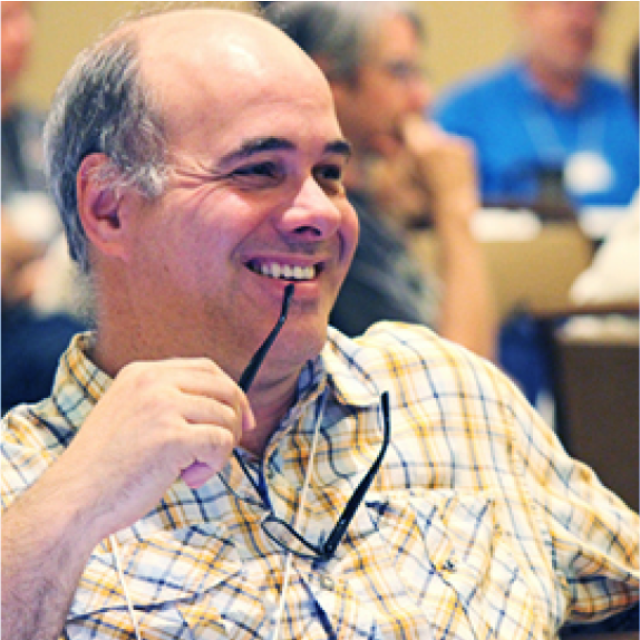Make Data Count: Measuring Data Use and Reach
Speakers

John Kratz
California Digital Library

Martin Fenner
DataCite

Matthew Jones
NCEAS
Matt directs the Informatics program at NCEAS, which focuses on both supporting efficient synthesis through scientific computing and on building new advanced infrastructure to support data sharing, preservation, analysis, and modeling. Matt is the Director of the DataONE program, a global network of interoperable data repositories, and of the NSF Arctic Data Center. In addition to data infrastructure work at NCEAS, Matt also helps to build the NCEAS Learning Hub through an emphasis on data science and reproducible research teaching.
Matt’s career has focused on improving data science infrastructure to support cross-disciplinary and synthetic science, principally through the development of open source software for data repositories, metadata systems, and reproducible analysis and modeling.
Matt has a M.S. in Zoology from the University of Florida that focused on the ecology of plant-animal interactions, and a B.A. from Dartmouth College.

Jennifer Lin
PLOS
California Digital Libraries, PLOS, and DataONE are partners in Make Data Count (https://makedatacount.org/), an NSF-funded project to design and develop metrics that track and measure data use, i.e. “data-level metrics” (DLMs). DLMs are a multi-dimensional suite of indicators, measuring the broad range of activity surrounding the reach and use of data as a research output.
In the webinar, we will discuss the findings from Phase 1 in which we gathered information about the needs of researchers– how do they want to get credit for the data they produce? What do they want to know about how their data is used? What do they want to know about others’ data to evaluate quality? We connected with the community to determine requirements and understand use cases for the data-level metrics prototype. We will also demo the latest from our working prototype and share the initial results (usage, citations, scholarly references and mentions, social media, etc.) collected on datasets from DataONE member repositories.